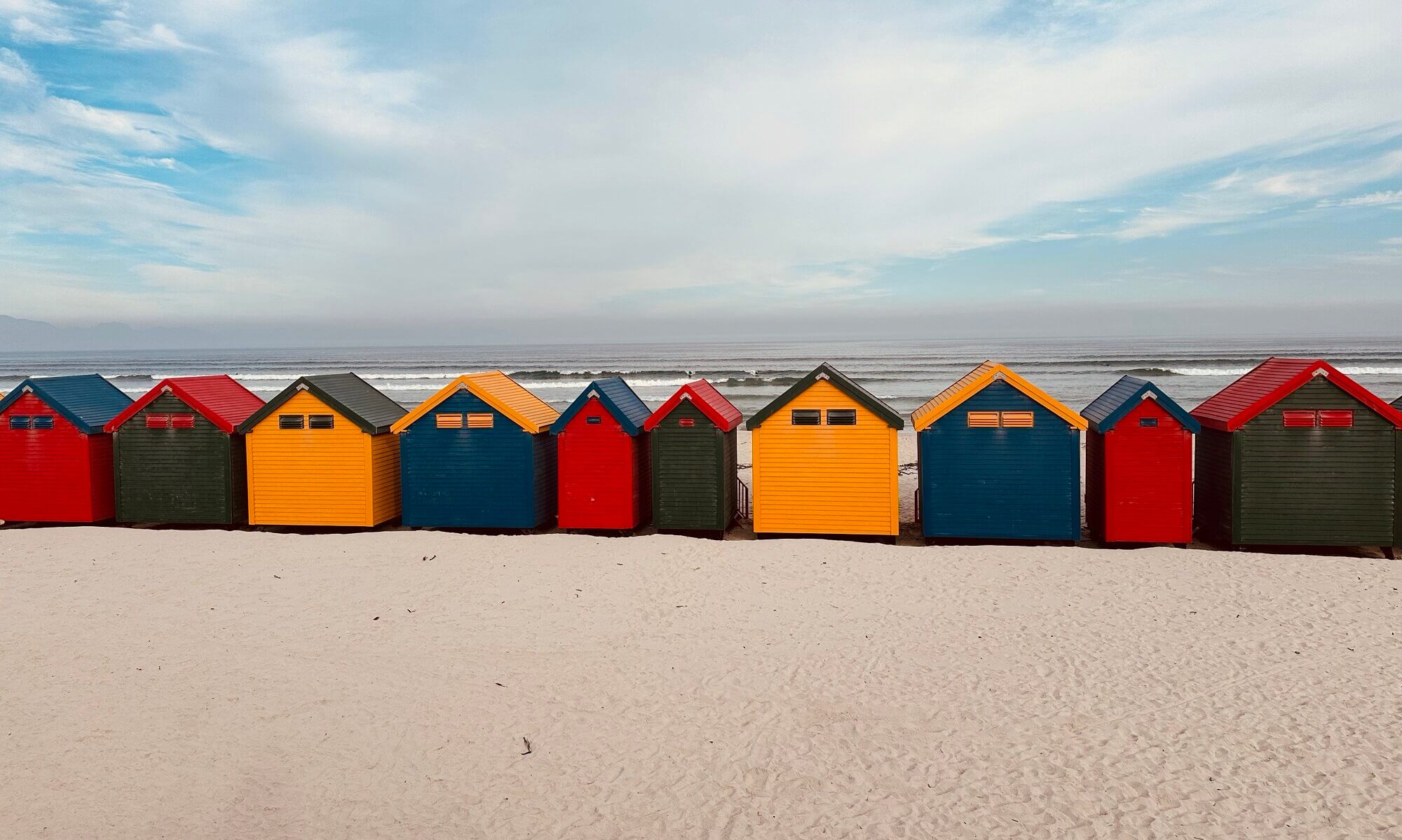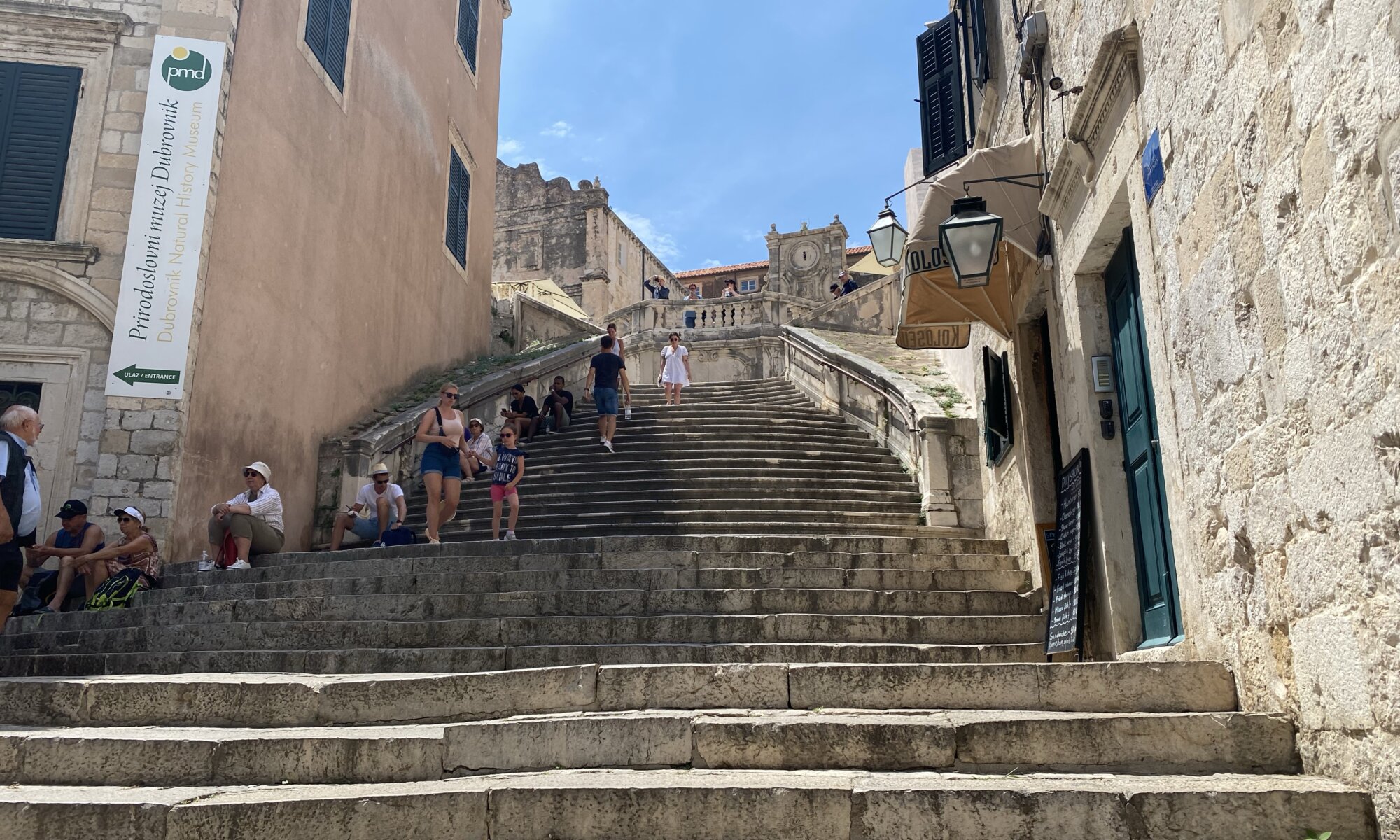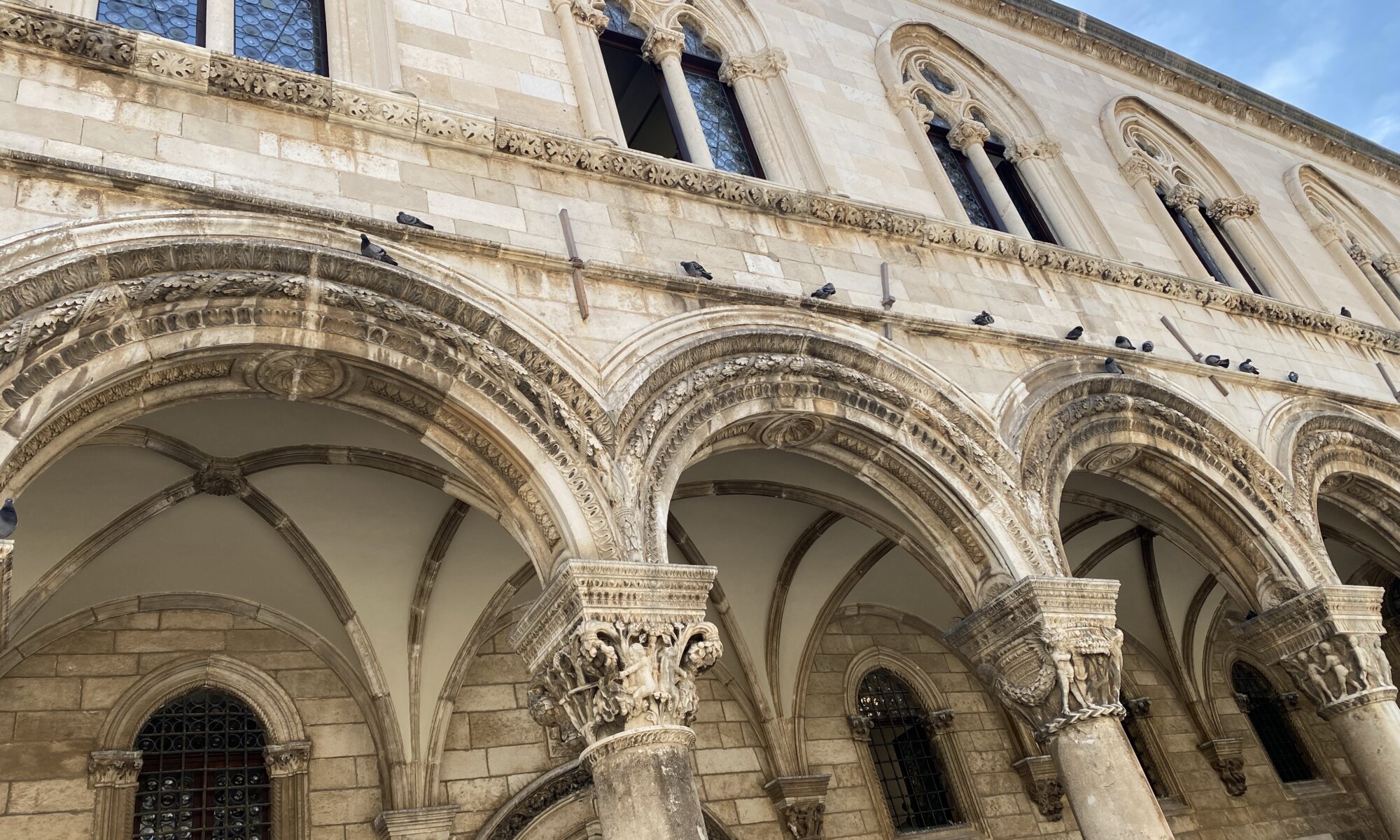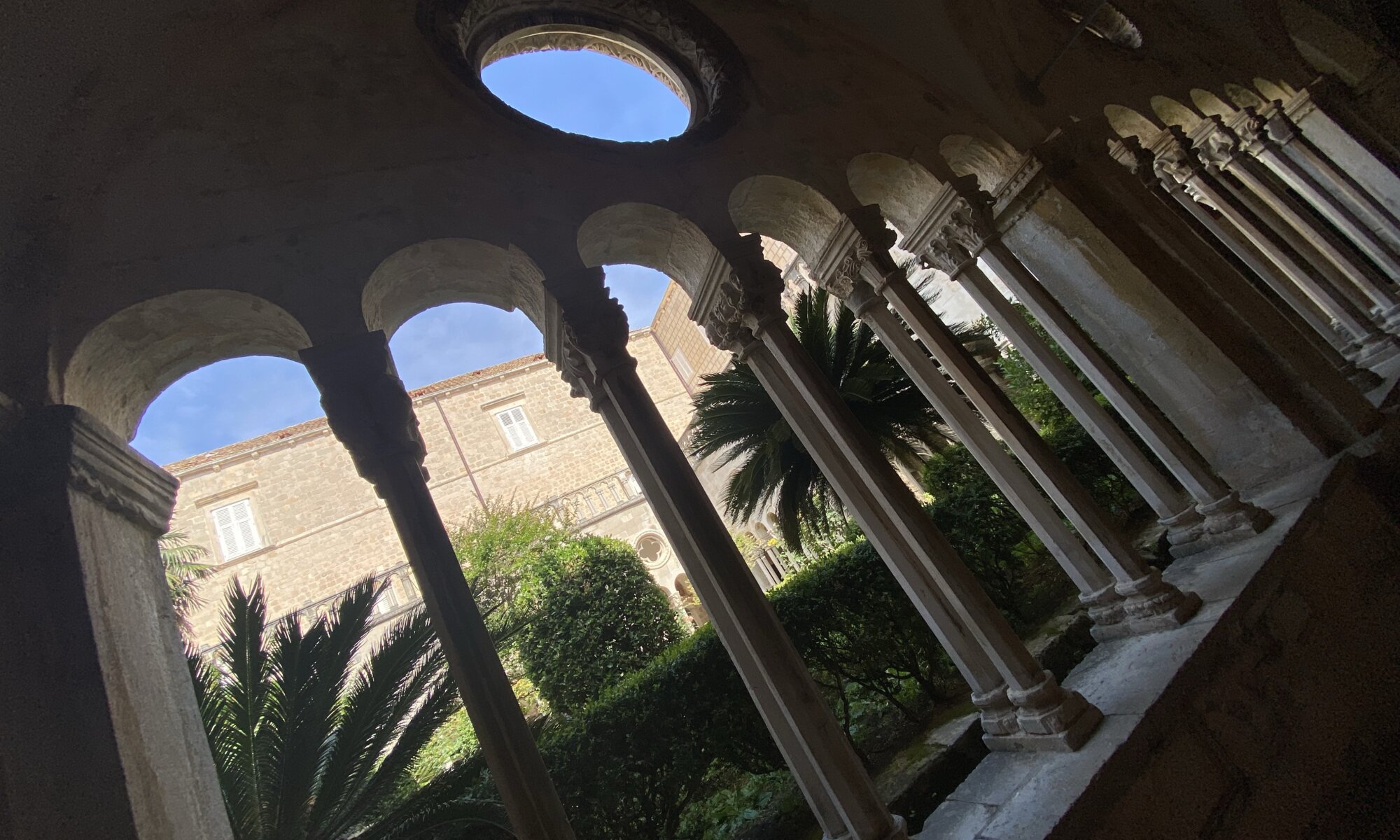Between 2011 and 2019 the TV show Game of Thrones (or short GoT), based on the book series A Song of Ice and Fire by George R. R. Martin caught the attention of people all around the world. It was the complex story of different houses fighting for the dominance on the fictious continent Westeros that attracted the viewers, but also the unusual characters that were beloved and hated. And the showrunners selected beautiful places to film the series for HBO, something that connected the TV series to reality.
Continue reading “Game of Thrones”Rector’s palace
The Knežev dvor was once the seat of the republic of Regusa, the predecessor of Dubrovnik. When standing in front of the building and looking at the giant columns shaping the facade you can still today imagine how this was the center of power. It was first built in 1435 but had to be rebuilt several times due to wars and earthquakes.
Continue reading “Rector’s palace”Silence
Street life in Dubrovnik can be very hectic with lots of hustle and bustle created by the high amount of tourists moving through the city. If you need a break and a little bit of silence there are two beautiful cloisters in the city center: the cloister of the Dominican Order (close to the Ploče gate) and the one of the Franciscans (close to the Pile gate). Get a ticket and enjoy a moment of relaxation.
Continue reading “Silence”Kula Minčeta
The Minčeta tower is part of the city walls of Dubrovnik and one of the four fortresses protecting the city. It is the highest point of the city walls and offers amazing views on the ancient town. The impressive tower was built from 1319 on and was finished in 1464. The walls are six meters thick and unbeatable during the time when the tower was created and used. Using a staircase inside you can get to the top – for the best picture of the old town.
Continue reading “Kula Minčeta”Walking on walls
The highlight #1 of every visit to Dubrovnik is a walk on the ancient city walls. It was built from the 8th century on and was very helpful during the many times the city was besieged – may it be by the Saracen, the Republic of Venice, the Mongols or the Crusaders. The city walls are around two kilometers long and offer amazing views from all sides on the UNESCO world heritage site.
Continue reading “Walking on walls”Festung Ehrenbreitstein
The Festung Ehrenbreitstein is a fortress high above river Rhein at Koblenz. Located on a 180 meters high rock the history of this place dates back to the 16th century, first settlements found can be dated back even to the year 4,000 BCE. The fortress was used by German and French forces and served to protect the region underneath. Over time it was used as a jail, a center for displaced persons, an archive and a storage for atomic waste.
Continue reading “Festung Ehrenbreitstein”Up and away
The Festung Ehrenbreitstein is located on the opposite side of the river Rhein when standing at the Deutsches Eck in Koblenz. You could access the fortress with its roots in the 16th century on foot, by car or via a funicular in the south. But there is also another way to get up with marvelous views: the cable car starting close to the Deutsches Eck.
Continue reading “Up and away”Deutsches Eck
Every year a lot of tourists visits a land tongue at the confluence over the rivers Mosel and Rhein: the Deutsches Eck at Koblenz. On it you can find the Kaiser-Wilhelm-Denkmal, a problematic memorial when looking at the design and the inscriptions. It features the monarchy and nationalism, it includes the former eastern parts of Germany (east prussia, silesia and pomerania) in the list of German federal states.
Continue reading “Deutsches Eck”Birthplace of Karl Marx
Most people in the world probably know Karl Marx: the author of the Communist Manifesto and Das Kapital (Capital: A Critique of Political Economy), the father of Marxism and famous thinker of the Socialist and Communist world. But did you know that he was born at Trier, Germany?
Continue reading “Birthplace of Karl Marx”Underneath the arena
Slightly outside the city center but only a short walk away from the Kaiserthermen of Trier you can discover the ancient Roman Amphitheater. The arena is well-preserved and it is easy to image where the visitors were seated and how the ‘games’ happened.
Continue reading “Underneath the arena”









